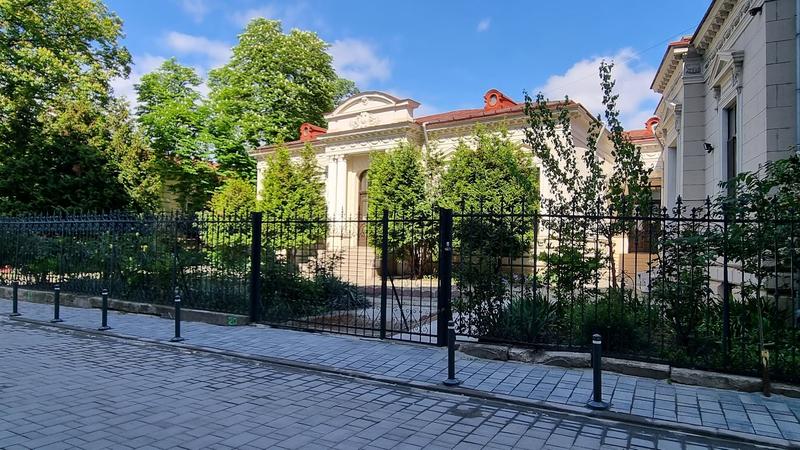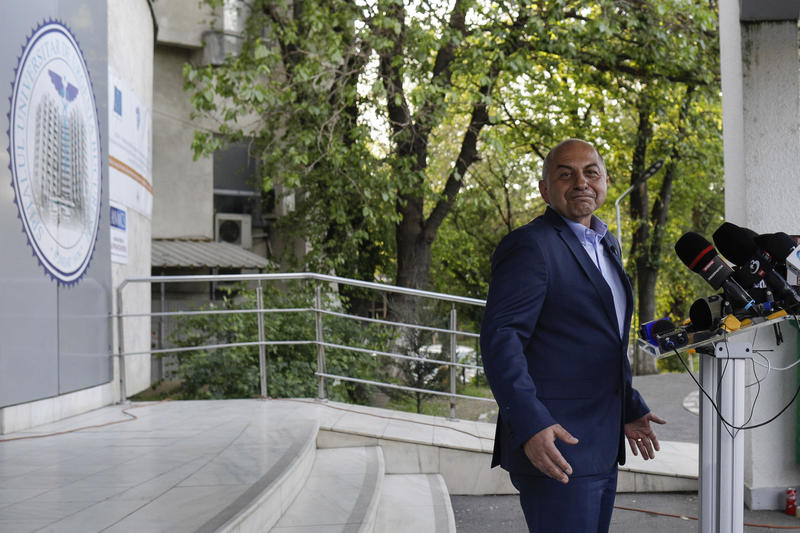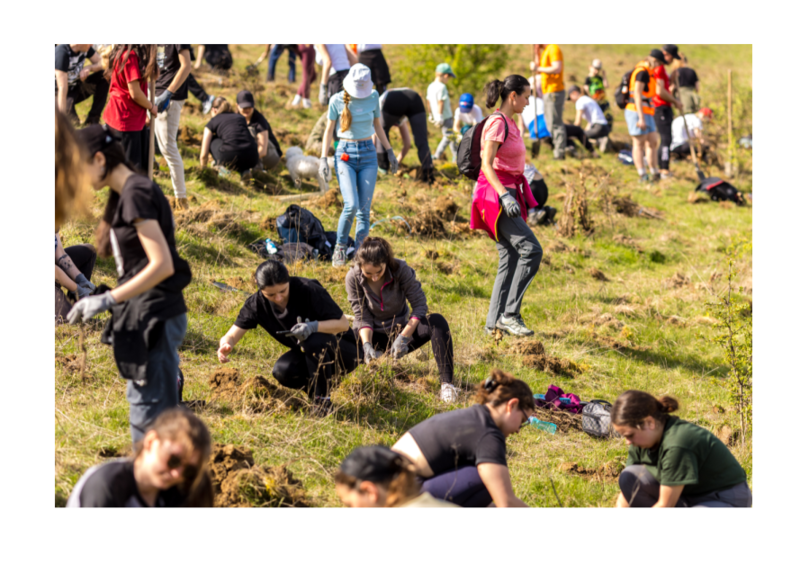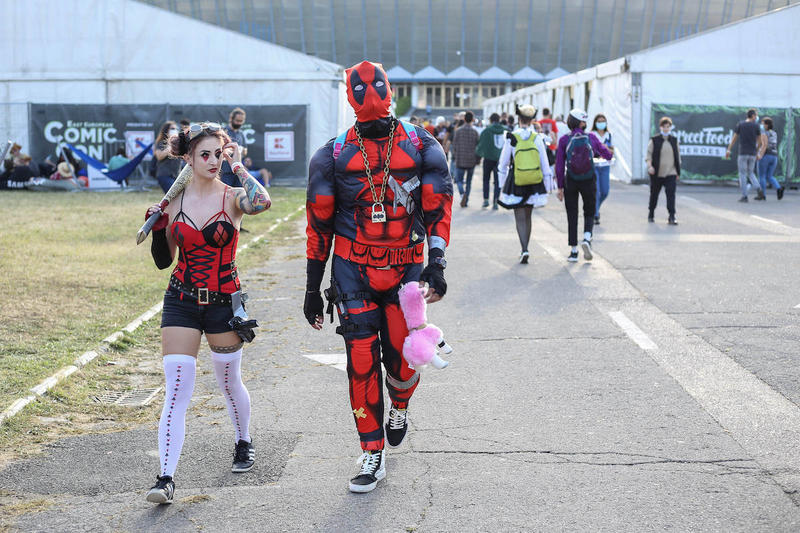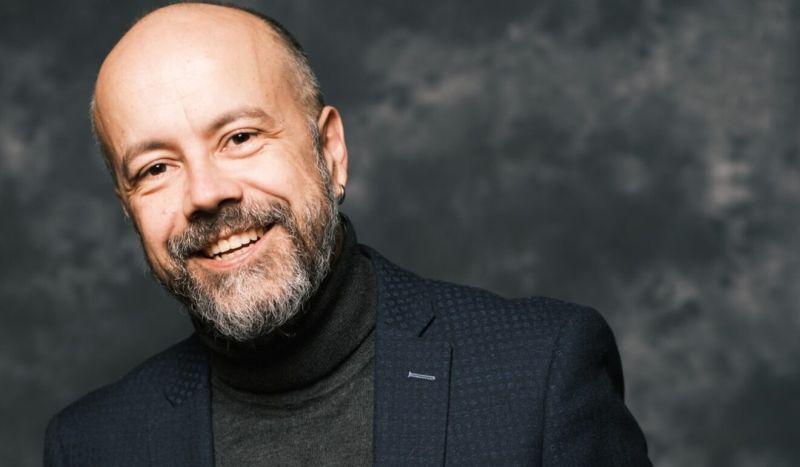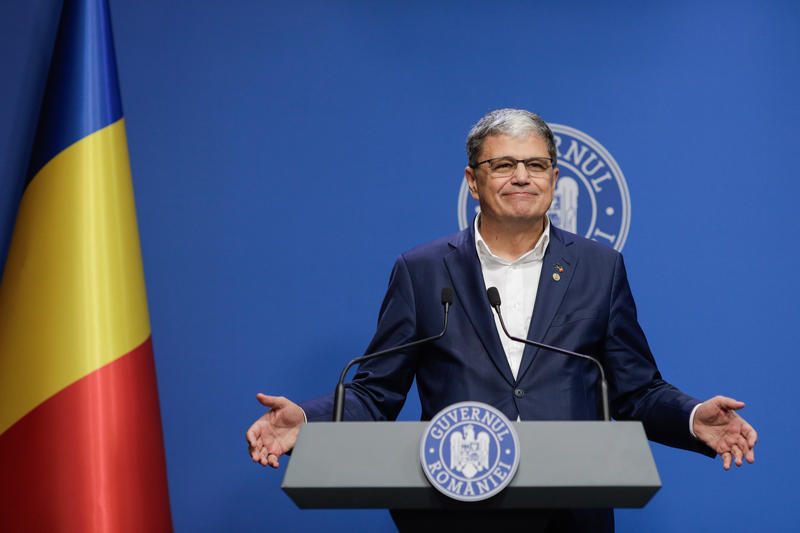15 years since its first edition, the Sziget Festival in Hungary has become a landmark entertainment venue for post-Communist Central Europe. Every summer, somewhere at the beginning of August, hundreds of thousands of youth gather to the Obudai island on River Danube, in Budapest, for what becomes a city of tents and stages within the city of Budapest.
Sziget (island in Hungarian) organizer Csaba Marinka talked to HotNews ro about how one of the very first festivals to bring major international music stars to the region expands its influence in neighboring countries, including Romania.
HotNews.ro:.The Sziget Festival of is one of Europe’s biggest multicultural events. What are the differences between the first edition and the last one? But, first of all, who’s idea was it to create such an event like this, and were did it came from?
Csaba Marinka: After the change of [the Hungarian communist] regime, there really weren’t any youth events, summer camps in Hungary. There were small events, for instance the band Szi?mi used to organize small camps. However, Peter M?ller, the lead singer of Szi?mi and K?roly Gerendai, the manager of the band wanted something more.
They talked more and more about an event which could be a place for vacation, for camping, a venue for concerts and much more, all for entertainment. After a period of consideration they started to make it real. For August 1993 they organized the first Sziget, under the name Di?ksziget (Student’s Island). In one week 200 concerts, 80 films and 40 theatre performances awaited the visitors.
There were 43 thousand guests on the first event. Last year 385 thousand visitors could attend 200 programs daily, which meant 250 international performances, 500 concerts of Hungarian bands and a number of other cultural programs, all in one week.
HotNews.ro: How much did you spent for the first edition of this festival, and what was the cost for the last edition?
Csaba Marinka: The budget of the first Sziget was 26 million HUF (104, 000 EURO). This year for the 15th Sziget festival we will spend almost a hundred times more - 2.5 billion HUF (10 million EURO).
HotNews.ro: Is the Sziget Festival a profitable business? How much have you earned?
Csaba Marinka: The first two Sziget festivals made huge deficit. However, since 1995 the project started to develop year by year and became successful in financial terms as well. Last year for instance the venture made 50 million HUF (20,000 EURO) profit.
HotNews.ro: How many people are working to prepare and support this event?
Csaba Marinka: There are 52 of us working at the office, however there are people working for us outside the firm, when we settle the programs. The infrastructure of the festival is built up by approx. 6000 workers.
During the festival there is security team of 1200-1500 members, a health and first aid team of 350-400 members, around 250 people take care about pass controls and coordination and 600 people are taking care about the cleaning on the island.
HotNews.ro: How many tourists does the event bring to Budapest?
Csaba Marinka: Sziget is a highly attractive event for tourists, which means it also has an impact on the local economy. Each year there are around 40-45 thousand tourists visiting Sziget festival. According to a survey the spending of local and foreign visitors generated 1.3 billion tax income for the state in 2005.
HotNews.ro: I spoke to some tourists last year, and they say :“Every year it’s better”. Now I’m asking you - have you had complaints from visitors, and which directions were they pointing?
Csaba Marinka: We make surveys each year within the visitors of Sziget festival. Most of them talks about the program and the special “feeling” as virtues of this festival. The few complaints are usually from those who would not like to accept changes. They usually have the negative comment: “Sziget is not like it was before.”
HotNews.ro: Last year, Romania hosted a small festival called Peninsula, that aspired to be a replica of Hungarian festival. Local funds stayed at 350,000 euros, but the Hungarian government contributed too, with 4.5 million forint. Would you like to organize „Szighet festivals” in other countries?
Csaba Marinka: The similarity is not a coincidence, while this is the fourth year we take part in the organisation of Peninsula festival. The domestic festival market is quite full, so we were thinking of organising festivals in the neighbourhood countries.
Sziget is not the only event we have in Hungary: VOLT festival in Sopron with more than 10 venues and 250 programs in 4 days is also our project along with „Gyerek Sziget”, a series of kid’s event and for the first time we organize the biggest Hungarian electronic music party, a 4 day long event next to Lake Balaton.
